I'm new to Pcapng files. I've read the 40+ page whitepaper and I'm still scratching my head and sweating. I understand that the Pcapng file is:
- Made up of a Section Header Block - This is the start of every Pcapng file.
Question 1: How large is this?
It appears that it's BlockType (4 Bytes) + BlockTotalLength (4 bytes) + Byte Order Magic (4 Bytes) + Mahor and Minor Version (4 bytes total, 2 bytes each) + Section Length (4 bytes) + Options (Variable) + Block Total length (again, 4 bytes).
If I'm building a parser, how would I know how many bytes I need to skip to arrive at my first data frame block?
Question 2: Where is the data stored? By data I mean the entire frame that contains Ethernet, IP, and TCP Data, as shown in the picture below (Figure 1).
The documentation states that:
A section includes data delimited by two section header blocks.
When doing a manual inspection (yes, I went byte by byte over a file to see how many bytes lie in between two frames :'( ), I noticed there were 35 bytes in between each message (each message shown on wireshark had 35 bytes in between). Are these bytes related to a pcapng block?
Once I understand how to get to the first tcp frame, and how many bytes I need to skip to get to the next, I can build my parser.
I'm willing to send Bitcoin/Monero to anyone who can help me understand how I can best parse these pcapng messages. Thanks!
